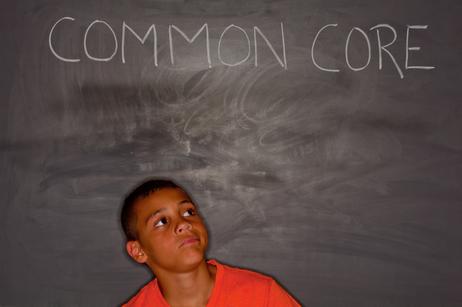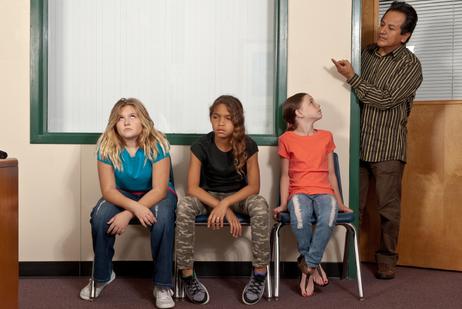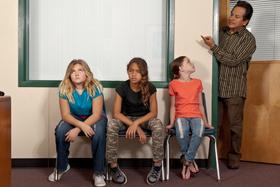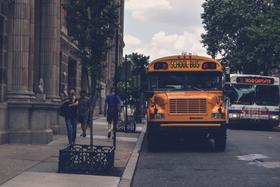The presence of religion, and more specifically, prayer, in public schools has long been a hot-button topic in the United States. Religious parents maintain that their child has the right to pray and engage in other religious activities while at public school. Meanwhile, parents on the other side of the issue argue that their children should not be subjected to state-sponsored religious activities. Numerous court battles have more clearly defined the role religion can play in public schools, however, the debate regarding the nature and extent of religious practices at school continues.
Religion in Schools: A Brief Overview
In the late 1950s, the Board of Regents of New York’s public schools system composed a nondenominational prayer for students to recite at the beginning of the school day. The prayer was strictly voluntary. A group of parents, including Steven Engel, took exception to the practice and filed suit against the Board. After state courts sided with the Board, thus upholding the school’s right to hold the voluntary morning prayer, Engel appealed the case to the Supreme Court. In 1962 the Court handed down their decision in the landmark case, Engel v. Vitale, in which they declared the practice of school-sponsored prayer unconstitutional.
This video deals with the question of whether or not prayer in school is legal.
In the majority opinion, the justices argued that neither the voluntary nature nor the nondenominational nature of



































